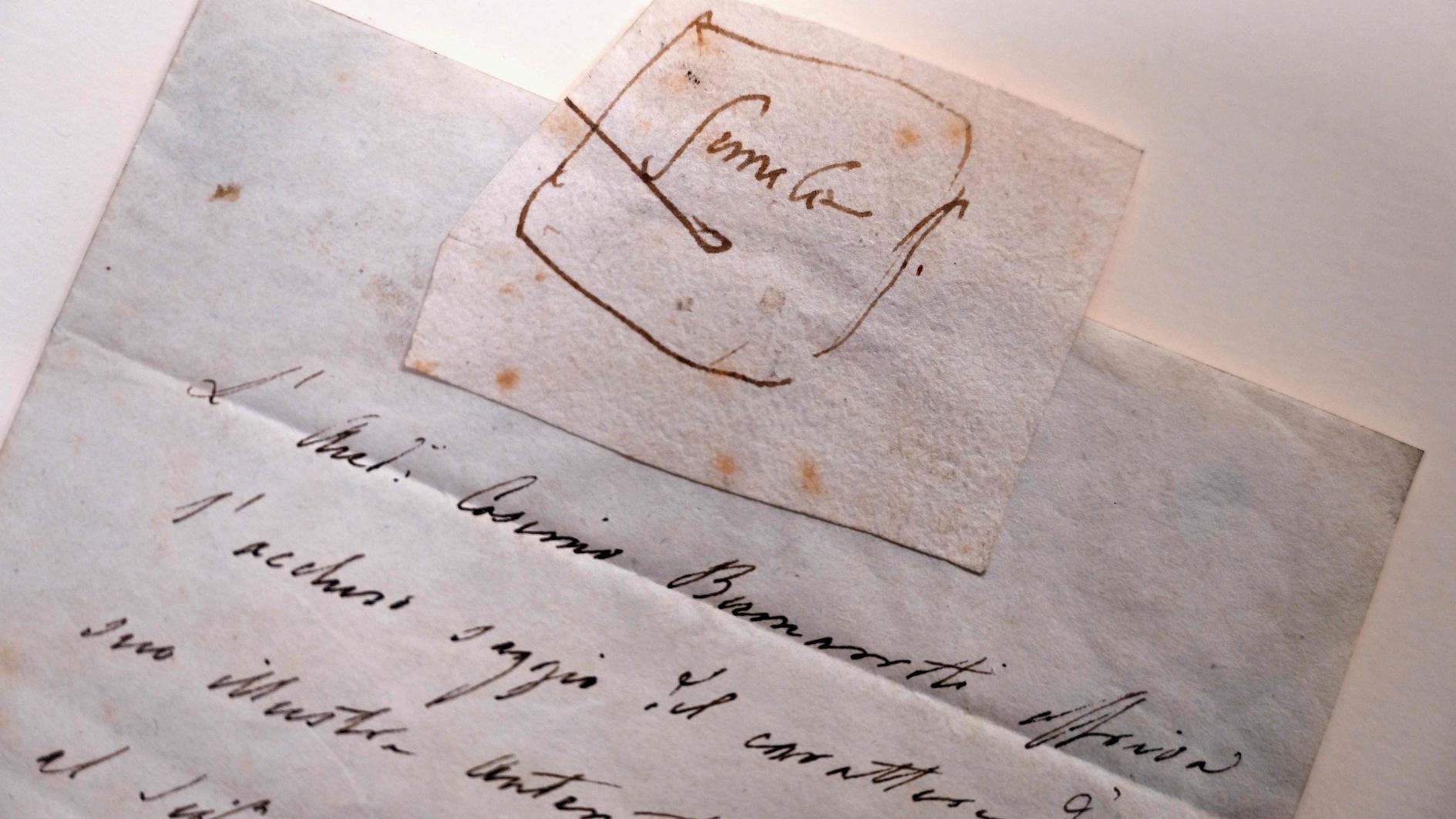Gold value facing annual decrease
LONDON - Agence France-Presse

Gold stood at $1,205 an ounce on Dec. 20 on the London Bullion Market, down almost 27 percent in 2013 on weaker demand and easing inflation. Gold in June hit a three-year low at $1,180.50 an ounce on Fed speculation. DAILY NEWS photo, Hasan ALTINIŞIL
Barring a late price surge, gold’s value will suffer its first annual drop since the start of the millennium, while the precious metal risks further losses in 2014.Gold stood at $1,205 an ounce on Dec. 20 on the London Bullion Market, down almost 27 percent in 2013 on weaker demand and easing inflation - snapping twelve years of uninterrupted annual price growth.
That leaves gold, whose twin drivers are jeweler demand and investment buying, set for its the first annual price loss since 2000 when its value had fallen by 5.6 percent.
“There are two distinct factors behind the gold price decline this year,” Macquarie banking group analyst Matthew Turner told AFP.
“The first one is obviously the investor sell-off,” he said, citing a sharp slump in demand from so-called exchange-traded funds (ETFs) that allow investment without trading on the futures market.
According to Turner, ETFs are on course to have sold 840 tons of gold this year with the metal’s haven status dented by signs of economic recovery despite ongoing strains across the eurozone. Gold’s value took a knock during 2013, also from growing speculation that the US Federal Reserve would start to scale back its quantitative easing (QE) stimulus program that propped up the world’s biggest economy by billions of dollars.
Gold prices at 3-year low in June
Gold in June hit a three-year low at $1,180.50 an ounce on Fed speculation, before bouncing back. It came close to matching this level at the end of last week as the US central bank ended months of speculation by finally announcing it would start to scale back its stimulus next month. Turner said gold demand had fallen for a variety of reasons, including “a growing anticipation of the Fed ending QE a reduced sense of crisis around the world and the fact that inflation has fallen in most countries this year, especially in the US”. He added: “This last point is very important - the concept of QE leading to inflation has not really happened.” Gold is seen also as a hedge against rising prices.
Fed tapering of its $85-billion-a-month QE policy is meanwhile set to boost the greenback, making dollar-priced gold more expensive for countries using other currencies, further weighing on demand.
Gold has been pushed lower also by rising supply, Turner said, noting that global gold mine output was increasing amid falling purchases by central banks.
In a further blow, the government of top consumer India has hiked gold customs duty three times this year to curb imports and rein in its current account deficit.
“In the very near term, Fed monetary policy stimulus will continue to be the big driver of gold prices, with improving economic data in the US increasing bets of (further) stimulus withdrawal,” said National Australian Bank (NAB) economist James Glenn.
The US central bank on Dec. 18 announced that it would cut QE by $10 billion (7.3 billion euros) a month to $75 billion from the start of 2014. Analysts are forecasting further $10-billion cuts throughout the course of next year.
While NAB predicts that the price of gold will drop to $1,050 an ounce by late 2014/early 2015, Commerzbank is forecasting the metal to reach $1,400 by the end of next year.
















